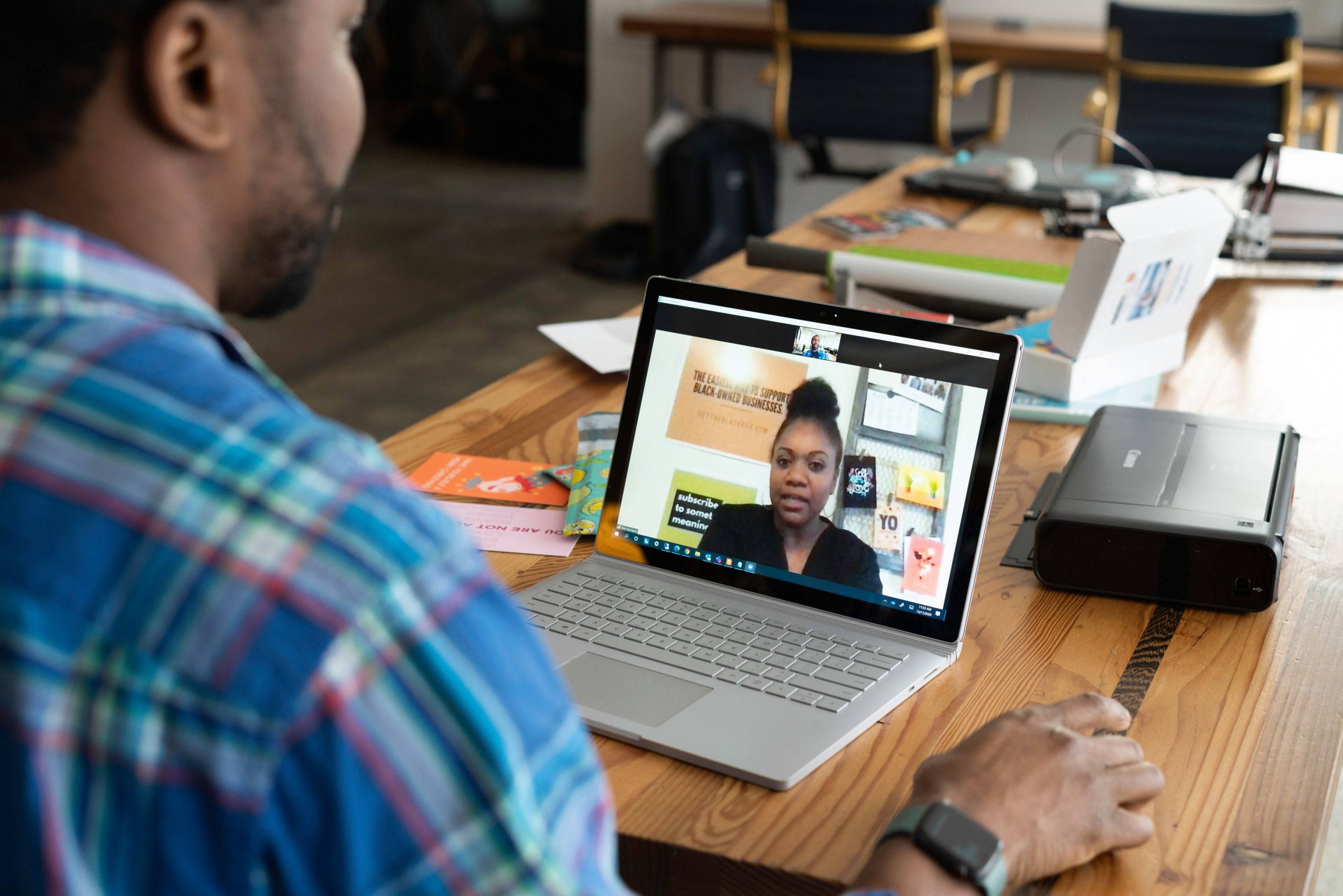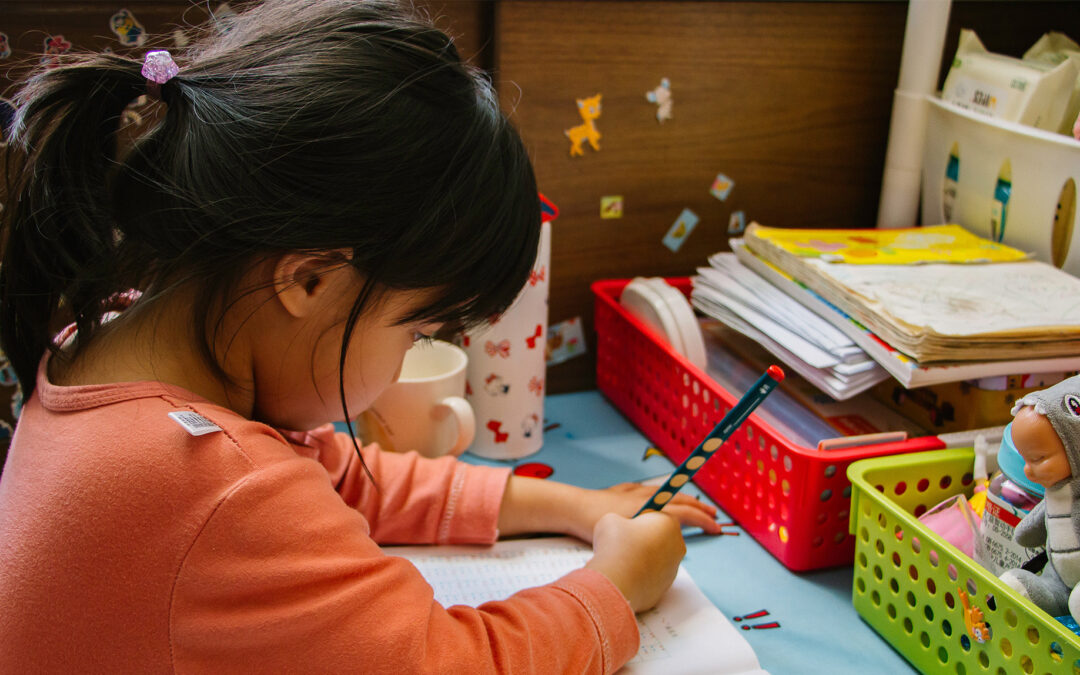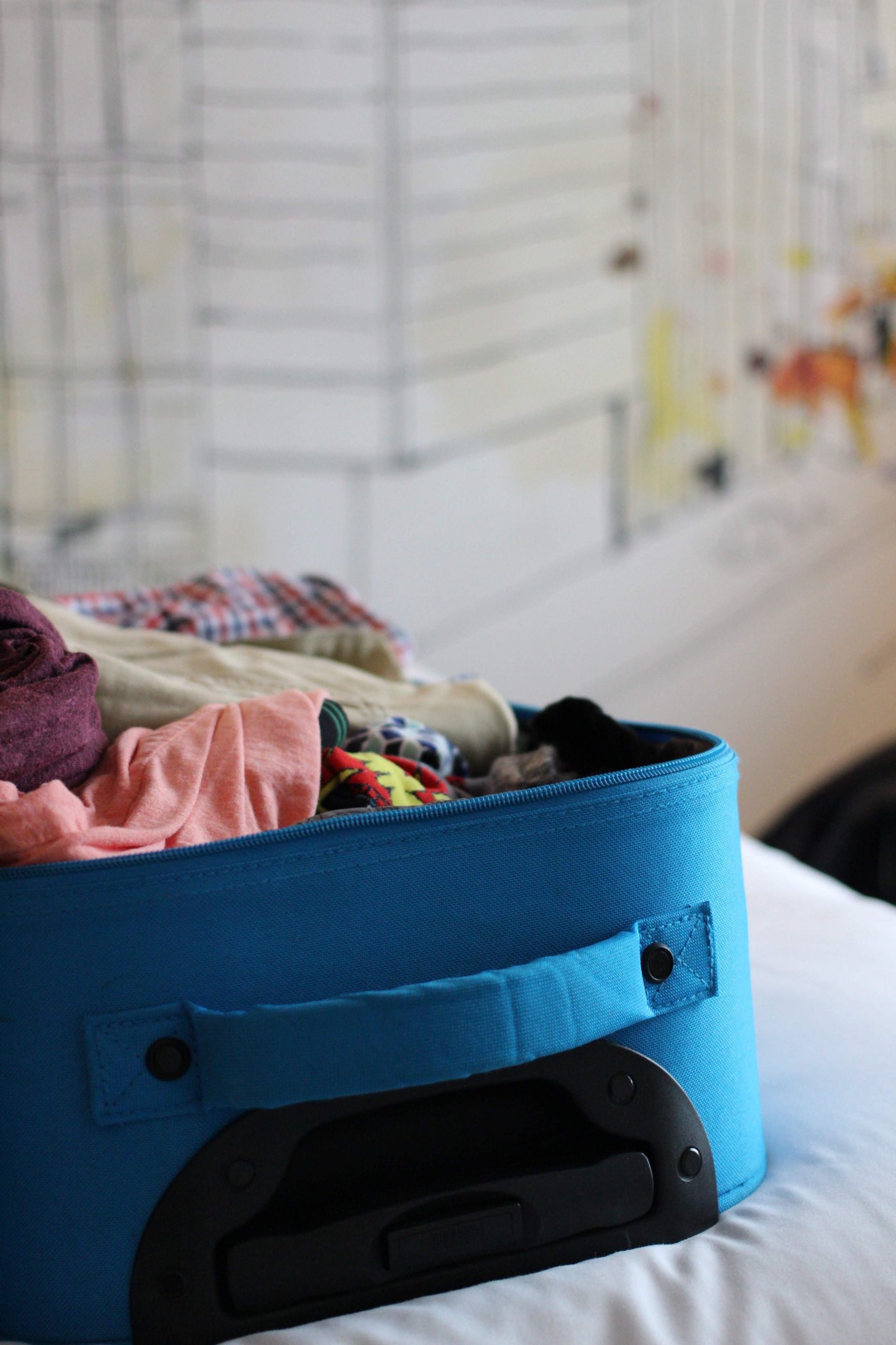With the rise of telehealth and the quick ubiquitous implementation of it, and then the long year that has followed; it might be a good time to pause and consider how your therapeutic container is treating you.
One marked benefit of hosting sessions in your own space is the fluidity with which therapy can exist in the midst of your daily life. Being in your space means being around your preferred creature comforts (including possible “therapy animals”). This shift means skipping the commute to the office, creating possible ease in childcare or work/school scheduling.
There are also noted drawbacks to this technological switch.
Pre-Covid, there was a certain ritualistic bookending on either end of the session that occurred by way of driving or walking to the office, sitting in the waiting room, then traveling to your next destination. There was inherently a moment for reflection and integration. On the front end, preparation time was available- a review of the week, or of existing material. Post-session, there existed a buffer between what came up in session and whatever real-world situation required your immediate attention. If something difficult arose or trauma processing occurred, that time and space enabled a somatic come-down before the stressors of the day reared their incessant heads.
Now, when working over a telehealth platform, it is not uncommon to jump from work into session then back into life mode, and vice versa.
Here are some considerations to create appropriate space and get the most out of your sessions and reclaim the quiet spaces that used to buttress session:
– To prepare for session: Dedicate a space in your home for this time. If possible, make sure not to be backlit, and sit in a comfortable seat. Have a glass of water and blanket within reach. Whenever possible, use this dedicated space for each appointment.
– Ensure you have a sonically private space where there won’t be intrusive noises and no one is within earshot
– Plan for at least 15 minutes prior to the session to prepare. This might look like making some tea, taking a walk, free-writing, or some form of creative expression
– During the session: turn off your self-view. If using a platform that enables the removal of your tiny thumbnail mirror, I suggest it. Not only is it distracting, but it potentially feeds the part of you that might be tempted to ensure you’re doing therapy “right.”
– After the session: instead of closing the computer and heading back into your life of working, emailing, parenting, or erranding— make a conscious choice about what this transitional moment looks like. Can you use another 15-minute pause prior to quotidian demands beckoning?
– Grounding both into session and after the session as a form of aftercare is an integral part of this work. You can enlist your therapist for some specifics here based on what you’re working on
Reflect on what this switch has meant for you— what are you missing from in-person sessions? What is working better for you remotely? The space itself, no matter its iteration, is part of the therapeutic processing—this can be a topic you internally and externally and consciously explore within the therapeutic realm.












